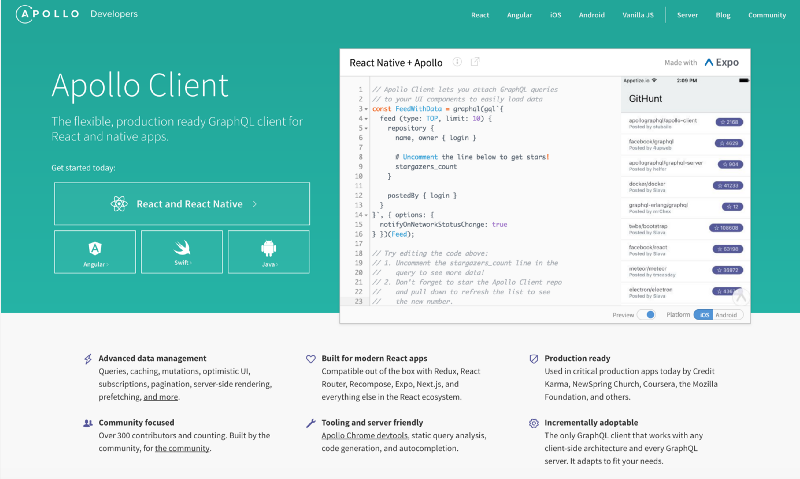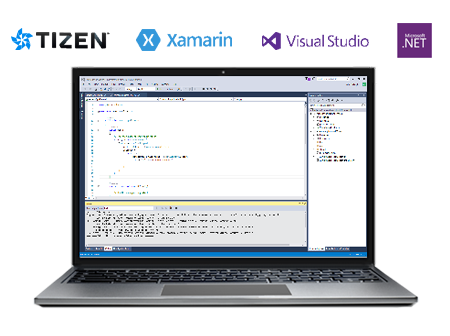In June, the second Tizen Conference took place in San Francisco. What’s Tizen, you ask? Don’t worry, it’s not important.
Perhaps those are harsh words for a young mobile operating system, but looking at Tizen gives you, basically, the same feeling as looking at a AA pitching ace on his first day in the majors: You’re most likely about to watch a very well-pedigreed, talented player run his ERA up from 0.00 to 90.00 in one inning.
And that’s what’s going on here. Tizen was launched as an alternative to iOS and Android. You could also call it an alternative to BlackBerry and Windows Phone, but then Tizen’s just competing with Android and iOS again for that title.
So why is Samsung dumping millions into expensive conferences, renting out AT&T Park, and giving away a $300 Gear 2 watch to attendees who only paid $50 to get in? The answer is a little elusive, but lies in the machinations of Intel and Nokia five years ago.
Back then, Nokia and Intel were hopelessly chasing the idea of building their own mobile phone OS. At the time, Nokia had just purchased Symbian, and Android was just getting started. Intel and Nokia decided MeeGo, a Linux-based OS for mobile devices and netbooks, was their next big platform for innovation.
So Intel and Nokia rented out sports stadiums, held low-cost conferences, and gave away high-cost hardware to folks that attended.
They did this for three years running, with the end result being that 100% of every dollar they spent on MeeGo was utterly and completely lost with absolutely zero return on investment.
Perhaps Samsung, as the largest single manufacturer of Android devices, is advancing Tizen as a way to leverage some control over Android, to make sure the operating system advances to enable the differentiating features in those devices.
This, of course, leaves developers in a quandary. If Samsung fully builds out Tizen and breaks its ties to Android, do developers port their apps to the Tizen phones and tablets? Some believe developers won’t follow, simply because Android has an install base of around 1 billion devices while iOS is around the 500 million mark. Tizen? Zero.
Would you ever green-light a project to port your applications from platforms with 1.5 million users to platforms with absolutely zero users?
Of course not. And you wouldn’t use that zero-user platform to build an Internet-of-things device either, because there’s just no point. If you’re going to embed software, there are a dozen solutions that are better: QNX is actually the only thing making BlackBerry money right now, and Wind River has some delightful embedded OS options you can choose from.
And if you really must have Linux on your embedded device, there are a dozen choices that are better than Tizen. Frankly, we’re convinced that Tizen is just a way for Samsung to spend some of the money it doesn’t know what to do with in its R&D budget. And for that purpose, it’s excellently suited.





